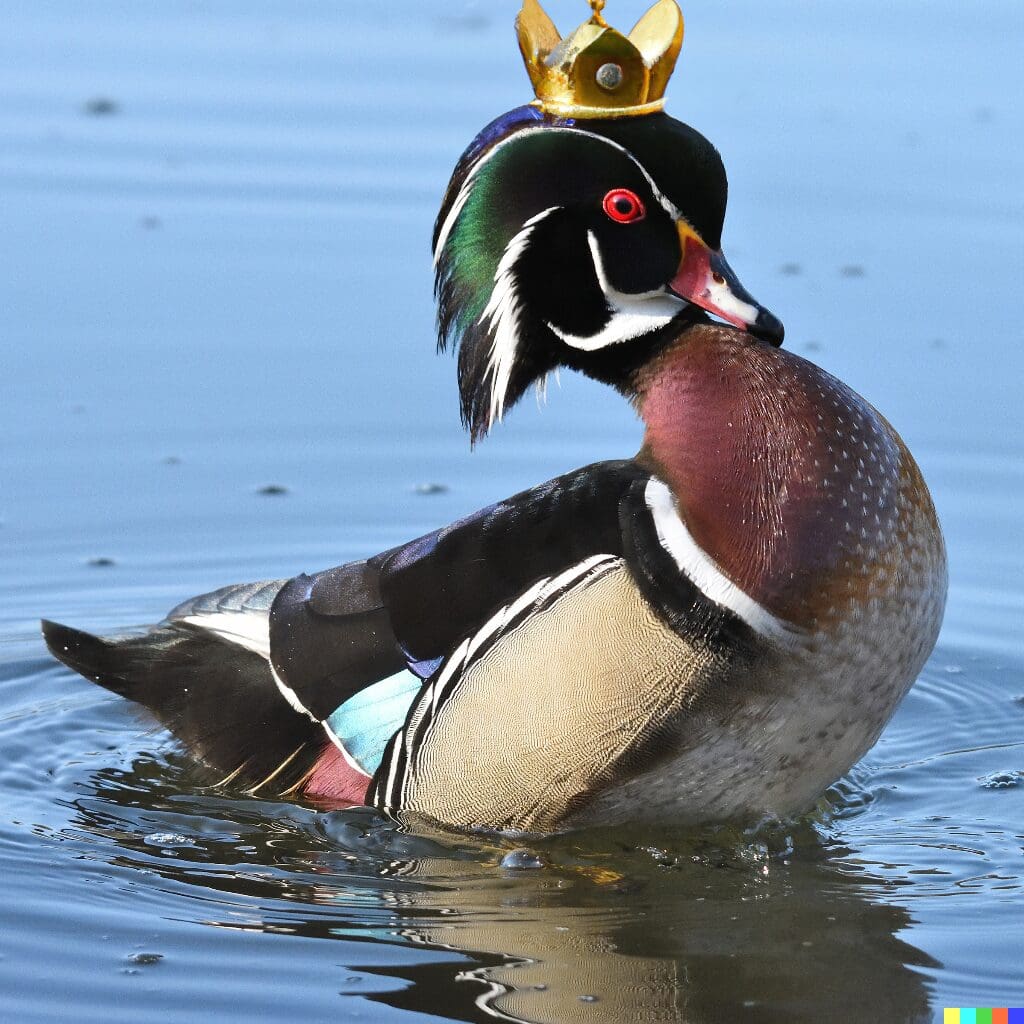Featured Observation: Mallard

This week's featured observation is a blue-billed mallard, spotted by @caterpillar511 in Hamilton, Ontario
Matt Dyson from the Institute for Wetland and Waterfowl Research writes:
A mallard with a blue bill? A hybrid, right? Mallard x Lesser Scaup? Mallard x Northern Pintail? The answer – without genetics, its tough to say with any certainty; however, there are other plausible explanations that may be more likely than hybridization in this case.
If you spend time observing waterfowl, you are likely aware of the variation in colouration that can be displayed within a species. While this can indeed be influenced by hybridization, it can also be regulated by the food and nutrients that a duck consumes, which regulates some secondary sexual characteristics like bill colour. There is some evidence that attribute this bill colour deviation to a lack of carotenoid pigmentation that gives breeding male mallards that bright yellow bill. Some researchers hypothesize that females may even use this characteristic in mate selection as brighter yellow can indicate higher mate quality – bad luck for our blue-billed friend. This mallard appears to have all the other feather colouration of a mallard, so in this case, this explanation appears most plausible as opposed to a hybrid.
Researchers like Dr. Phil Lavretsky and his lab are actively investigating Mallard genetics and providing insight to the frequency and occurrence of hybridization in North American ducks.

Wood duck: Marsh Madness Champion
Thank you to everyone who voted!
Want to continue celebrating spring migration with us? You can start by participating in our Flock Watch contest for a chance to win a Vortex Canada prize pack! ducks.ca/flockwatch
Observation en vedette : Canard colvert

L'observation vedette de cette semaine est un canard colvert avec un bec bleu, repérée par @caterpillar511 à Hamilton, Ontario
Matt Dyson de l'Institute for Wetland and Waterfowl Research écrit:
Un colvert avec un bec bleu ? Un hybride, non ? Canard colvert x petit fuligule ? Canard colvert x canard pilet ? La réponse - sans génétique, il est difficile de le dire avec certitude ; cependant, il y a d'autres explications plausibles qui peuvent être plus probables que l'hybridation dans ce cas.
Si vous passez du temps à observer la sauvagine, vous êtes probablement conscient de la variation de coloration que l'on peut observer au sein d'une même espèce. Si cette variation peut effectivement être influencée par l'hybridation, elle peut également être régulée par la nourriture et les nutriments qu'un canard consomme, ce qui régule certaines caractéristiques sexuelles secondaires telles que la couleur du bec. Certaines données attribuent cette déviation de la couleur du bec à un manque de pigmentation caroténoïde qui donne au colvert mâle reproducteur son bec jaune vif. Certains chercheurs émettent l'hypothèse que les femelles pourraient même utiliser cette caractéristique dans la sélection des partenaires, car un jaune plus vif peut indiquer un partenaire de meilleure qualité - pas de chance pour notre ami au bec bleu. Ce colvert semble avoir toutes les autres couleurs de plumes d'un colvert, donc dans ce cas, cette explication semble la plus plausible par rapport à celle d'un hybride.

Canard branchu: champion de la Folie de marais
Merci à tout le monde qui a voté dans ce concours!







Comentarios
Agregar un comentario